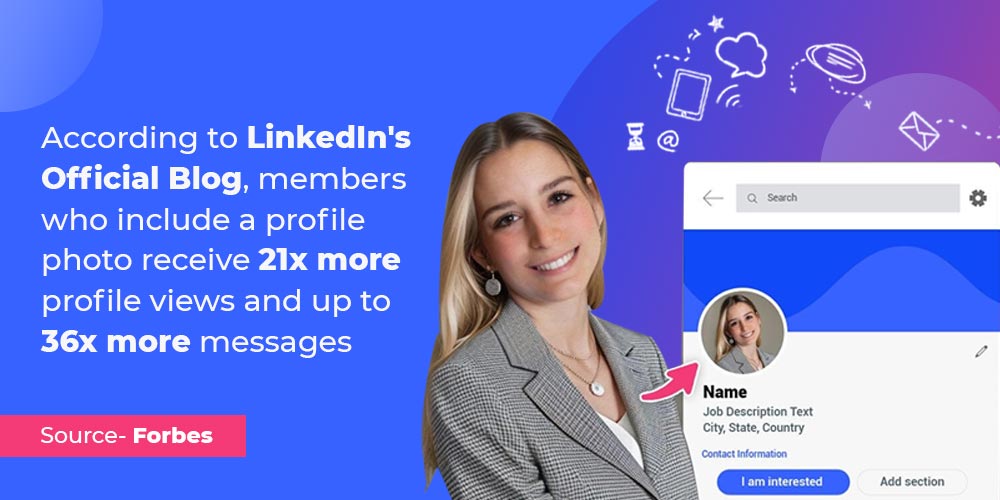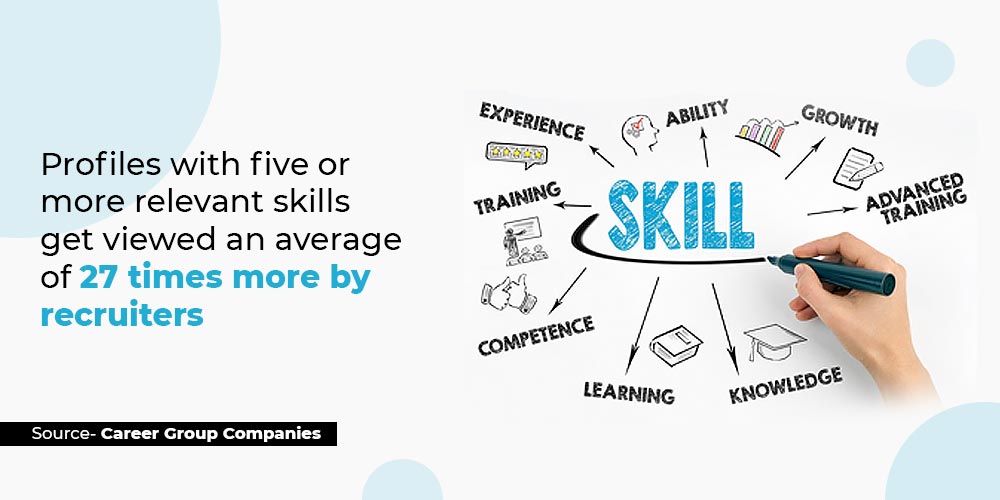Building a Compelling Personal Brand in the Digital Age
In today’s hyper-connected world, your online presence is more important than ever. It’s your digital calling card, a first impression that can make or break opportunities. But with millions vying for attention online, how do you craft a compelling personal brand that sets you apart?
This blog post will equip you with the tools and strategies to build a strong online presence, showcase your expertise, and leverage your brand for career advancement.


Step 1: Define Your North Star – Unearthing Your Unique Value Proposition (UVP)
Know Yourself, Know Your Why
Building a brand starts with introspection. What are your core skills and experiences? What are your passions and values? 70 percent of employers use social media to screen candidates before hiring, so understanding your “why” translates into a clear and consistent online narrative.
Target Audience Identification
Who are you trying to reach? Identifying your ideal audience allows you to tailor your content and messaging to resonate with their specific needs and interests. Knowing your audience helps you create relevant and engaging content, which is crucial for building a strong personal brand.
Step 2: Building Your Digital Fortress – Optimizing Your Online Presence
LinkedIn Optimization
LinkedIn is the professional’s online playground. Craft a compelling headline that showcases your value proposition. Utilize relevant keywords throughout your profile to boost searchability. Include data-driven achievements and quantifiable results to stand out. Profiles with detailed descriptions and keywords are more likely to be found by recruiters.
1. Optimize Your LinkedIn Profile
LinkedIn is the go-to platform for professional networking. With over 774 million users worldwide, it’s essential to stand out. Here’s how:
a. Craft a Compelling Headline
Your headline is the first thing people see. Make it descriptive and keyword-rich. Instead of just stating your job title, highlight your skills and what you bring to the table. For example, “Digital Marketing Specialist | SEO Expert | Content Creator Driving Engagement and Growth.”
b. Professional Photo and Background
A high-quality, professional photo can make a great first impression.


Don’t overlook the background image—use it to reinforce your brand, whether it’s a company logo, a professional setting, or something related to your industry.
c. Engaging Summary
Your summary should tell your story. Use this space to describe your professional journey, key achievements, and what you’re passionate about. Include relevant keywords to improve search visibility. End with a call to action, like inviting people to connect or visit your website.
d. Showcase Your Experience
Detail your work experience with a focus on achievements and impact rather than just duties. Use bullet points for clarity and incorporate metrics to quantify your accomplishments. For instance, “Increased social media engagement by 40% through targeted campaigns.”
e. Skills and Endorsements
List relevant skills and seek endorsements from colleagues and connections. LinkedIn’s Skills Assessment tool can also help you boost your skills section.


2. Showcase Expertise Through Content Creation
Creating and sharing content is a powerful way to demonstrate your expertise and thought leadership.
a. Blogging
Starting a blog on platforms like WordPress or Medium allows you to share in-depth knowledge on topics related to your field. Regularly publishing well-researched articles can establish you as a thought leader.
b. LinkedIn Articles
Publishing articles directly on LinkedIn can increase your visibility. These articles are searchable and can be shared easily within your network. Aim for high-quality, value-driven content that addresses common pain points in your industry.
c. Social Media Engagement
Engage with your audience on platforms like Twitter, Facebook, and Instagram. Share insights, industry news, and personal achievements. Use relevant hashtags to increase reach.
d. Webinars and Podcasts
Host or participate in webinars and podcasts to share your knowledge. These formats allow for deeper engagement and can be repurposed into blog posts, social media snippets, and more.
Professional Website (Optional)
A well-designed website acts as your online headquarters. It allows you to showcase your work, house a blog, and establish a more comprehensive brand identity. A personal website can enhance your credibility and provide a centralized location for all your professional information. It can host your resume, portfolio, blog, and testimonials.
Step 3: Content is King (and Queen) – Becoming a Thought Leader
Content Creation Powerhouse
Establish yourself as an expert by consistently creating high-quality content. This can take the form of blog posts, articles, infographics, videos, or even podcasts. Share valuable insights, industry trends, and practical advice relevant to your target audience. Content marketing generates over three times as many leads as outbound marketing and costs 62% less.
Data is Your Ally
Back up your claims with statistics and data. A notable share of B2C content marketers—exceeding one-third—consistently incorporate data analysis into their strategy crafting. Use credible sources to support your points and increase your content’s trustworthiness and engagement.
Find Your Voice and Be Authentic
Authenticity builds trust. Infuse your content with your unique personality and perspective. People connect with people, so don’t be afraid to let your personality shine through. Authentic content resonates more with audiences and can build a loyal following.
Step 4: Networking in the Digital Age – Building Relationships Online
Social Media Engagement
Engage with relevant communities on platforms like Twitter, LinkedIn, or industry-specific forums. Participate in discussions, share valuable content, and connect with thought leaders in your field. Social media is a powerful tool for expanding your network and increasing your visibility.


Collaboration is Key
Partner with other professionals for guest posts, co-authored articles, or even joint webinars. This expands your reach and taps into new audiences. Collaborative efforts can lead to new opportunities and strengthen your personal branding.


Step 5: The Climb to the Top – Leveraging Your Brand for Career Advancement
Targeted Job Applications
When applying for jobs, tailor your resume and cover letter to highlight the skills and experiences most relevant to the specific position. Showcase how your personal brand aligns with the company culture. Customizing your application increases your chances of standing out to hiring managers.


Negotiate with Confidence
A strong personal brand empowers you to confidently negotiate your worth during the hiring process.


Knowing your value and articulating it effectively can lead to better job offers and career opportunities.
Building a magnetic personal brand takes time and dedication, but the rewards are substantial. By following the above roadmap and continuously refining your strategy, you’ll cultivate a powerful online presence that unlocks a world of career opportunities and positions you as a leader in your field.
So, what are you waiting for? Start crafting your digital empire today!







